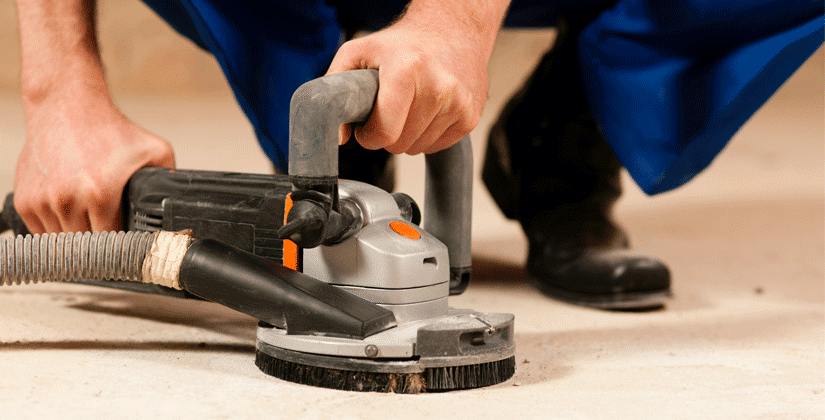Reasons Why Dust Free Sanding Is Advisable
- July 22, 2016
- Posted by: webdev
- Category: Uncategorized

Dust free sanding is expected from a professional floor sanding expert. This piece takes a look at the dangers associated with wood dust, and why you need to ensure that measures are taken to ensure dust free floor sanding at all times.
Possible Lung Damage
Fine wood dust can hang in the air just like asbestos, making it easy to be inhaled. Although the impact of inhaling fine wood isn’t as life threatening as inhaling asbestos, over time the dust can lead to small wounds to the lungs. These wounds are not readily visible under medical examinations until they have begun to have an impact on lung capacity.
Exposure to irritants
This is common when dust free sanding isn’t adhered to. Some of the signs of exposure to irritants include sneezing, itching, short term breathing difficulties, runny nose, skin flushing and more. These symptoms are likely to be most pronounced if the flooring in question includes Ipe, Iroko and Merbau. However, virtually all timber types can cause irritation.
Nasal Cancer
Nasal cancer occurs as a result of direct exposure to dust from certain timbers. These cancers can develop on any of the passages surrounding the upper respiratory tract. This includes the throat. Unfortunately, there are many popular timber options that can cause this. People in the floor sanding community usually do what they can to reduce risk.
What can be done to mitigate these risks associated with floor sanding dust?
The major method of avoiding the risks associated with floor sanding is to ensure as little airborne dust as possible. Water is usually used to fight dust but it is ruled out when working on hardwood surfaces. The only remedy therefore is the use of professional floor sanding equipment that is adequately designed to prevent spread of dust. When more robust machinery can’t be used, the floor sanding company should be able to use edgers or random orbital sanders. These can be improved by connecting them to extractors. Belt sanders can also be used in combination with dust control systems for the best results.
Secondly, it is advisable to place air movers in a room with open windows so as to ensure the old and stale air is sucked in from the room, allowing fresh air to replace it. This is a practice that is beneficial in larger areas with a door to the outside.
It is usually best to ensure that only high powered machinery is used in the process, but where this is not feasible and cheaper less efficient machines have to be used, masks and respirators should be used. The floor sanding workers will obviously have these in place for themselves, but other members of the public that have to be around the area being sanded should equally use such apparatus.
